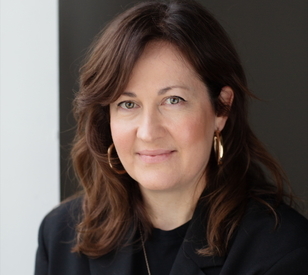
Introducing the Gvozdene Kapije Exhibition and Its Significance in Irish and Balkan Art
Recently, Technological University Dublin has gained notable recognition with its latest exhibition, Gvozdene Kapije (The Iron Gates), created by renowned artist and TU Dublin School of Art and Design Lecturer Barbara Knežević. This captivating body of work not only showcases her artistic talent but also bridges Irish and Balkan cultural narratives through compelling sculptures and film.
Targeted at art enthusiasts, cultural scholars, and visitors alike, this exhibition emphasizes the importance of artistic exchanges across borders. Knežević’s work delves into the history of the Iron Gates—a scenic gorge on the Danube River—symbolizing centuries of cultural transformation, migration, and identity. By touring across Ireland, the exhibition offers a platform for increased awareness of Balkan history within the Irish art scene and beyond.
The Art and Themes Behind Gvozdene Kapije in Ireland’s Cultural Landscape
The Gvozdene Kapije project features a blend of large-scale sculptures and a newly commissioned 46-minute film, collectively engaging viewers with key themes of displacement, migration, and personal history. Knežević weaves her Yugoslav diasporic identity into her work, providing a nuanced perspective that resonates with Ireland’s own diverse and migrant communities. This integration of personal and universal narratives makes the exhibition relevant to contemporary discussions on cultural identity and history.
Understanding the themes of the exhibition enriches visitors’ appreciation of Irish and Balkan art relations. The use of industrial materials like welded steel and ceramic, along with domestic elements, fosters a tactile experience prompting reflections on temporality, nationhood, and technological progress. Knežević’s sculptures challenge viewers to consider how history, memory, and materiality influence collective identities.
The Exhibits: Sculptures and Film as Artistic Confluences
The film element acts as a visual and narrative centerpiece, described by Knežević herself as a

